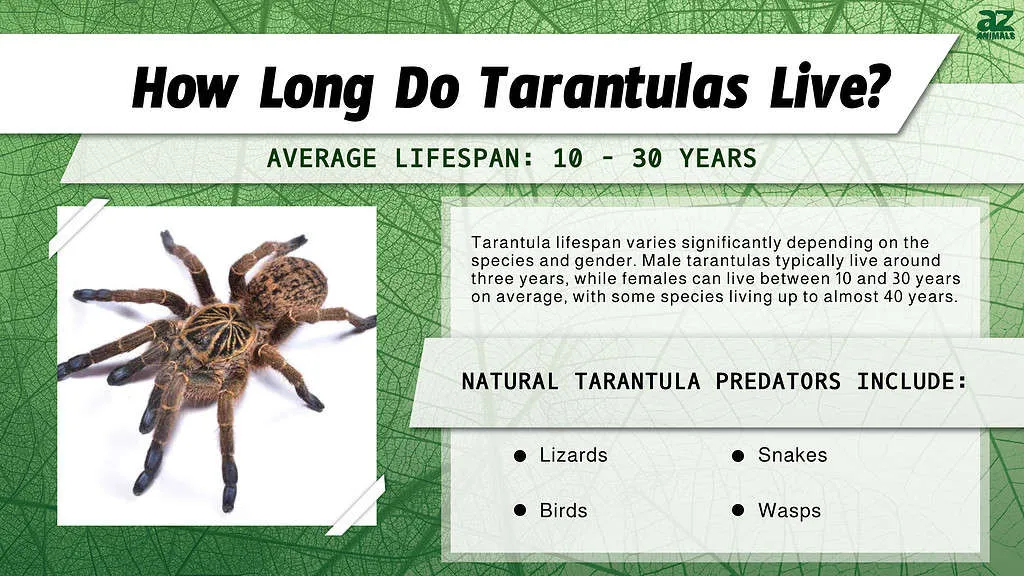Arizona Tarantulas Lifespan Overview
Arizona Tarantulas, despite their intimidating appearance, are fascinating creatures with unique life cycles. Understanding how long these spiders live is a key part of appreciating them, whether you encounter them in the wild or keep them as pets. The lifespan of an Arizona Tarantula, like many arachnids, varies significantly depending on several factors, including sex, environment, and overall care. This article delves into the specifics of their lifespan, the influences on it, and how to best understand and appreciate these remarkable animals. The longevity of these spiders provides insights into their biology, behavior, and the environmental conditions they thrive in. It also informs responsible pet ownership and conservation efforts.
Male Arizona Tarantulas Lifespan
Male Arizona Tarantulas typically have a shorter lifespan than their female counterparts. After reaching maturity, which can take several years, males primarily focus on mating. Their lives are significantly shortened due to the risks and energy expenditure associated with finding a mate. Once they reach maturity, they will actively seek out females, which is a dangerous process involving travel and exposure to predators. The males’ primary goal is to reproduce, which often leads to their demise shortly after mating. Therefore, their lifespan is usually quite short, often only a few months to a year after reaching adulthood.
Factors Affecting Male Tarantula Lifespan

Several factors contribute to the shorter lifespan of male Arizona Tarantulas. The intense physical demands of mating, including the energy expenditure in searching for females, can take a toll on their health. Additionally, the risk of being preyed upon increases when they leave their burrows in search of mates. Male tarantulas also face the risk of being cannibalized by females, especially if the female is not receptive to mating. Exposure to harsh environmental conditions, such as extreme heat or lack of food during their mating journey, can also play a significant role in shortening their lifespan. Careful observation and understanding of these factors can provide insights into the challenges male tarantulas face during their adult lives.
Female Arizona Tarantulas Lifespan
Female Arizona Tarantulas, on the other hand, have significantly longer lifespans. Their longevity is primarily due to their role in reproduction and their ability to conserve energy and resources. They typically mature at a slower rate than males, but once mature, they can live for many years, often a decade or more. Their lives are primarily focused on staying safe within their burrows, conserving their energy, and producing eggs. The longer lifespan allows them to reproduce multiple times, increasing their chances of passing their genes to the next generation. The female’s lifespan is thus tied to her reproductive capabilities and the environmental conditions she experiences.
Factors Affecting Female Tarantula Lifespan
Female Arizona Tarantulas, while living longer, are also subject to factors that influence their lifespan. Proper nutrition is critical, as a healthy diet contributes to their overall well-being and reproductive success. The quality of their habitat, including the presence of suitable burrowing environments, can impact their safety and longevity. Exposure to parasites or diseases, though less common, can also affect their health. The absence of stress, such as environmental disturbances or improper handling, contributes to a longer lifespan. Maintaining a balanced and stable environment is vital for ensuring a female tarantula lives to her full potential, providing optimal conditions for growth, reproduction, and overall health.
Comparing Male and Female Lifespans
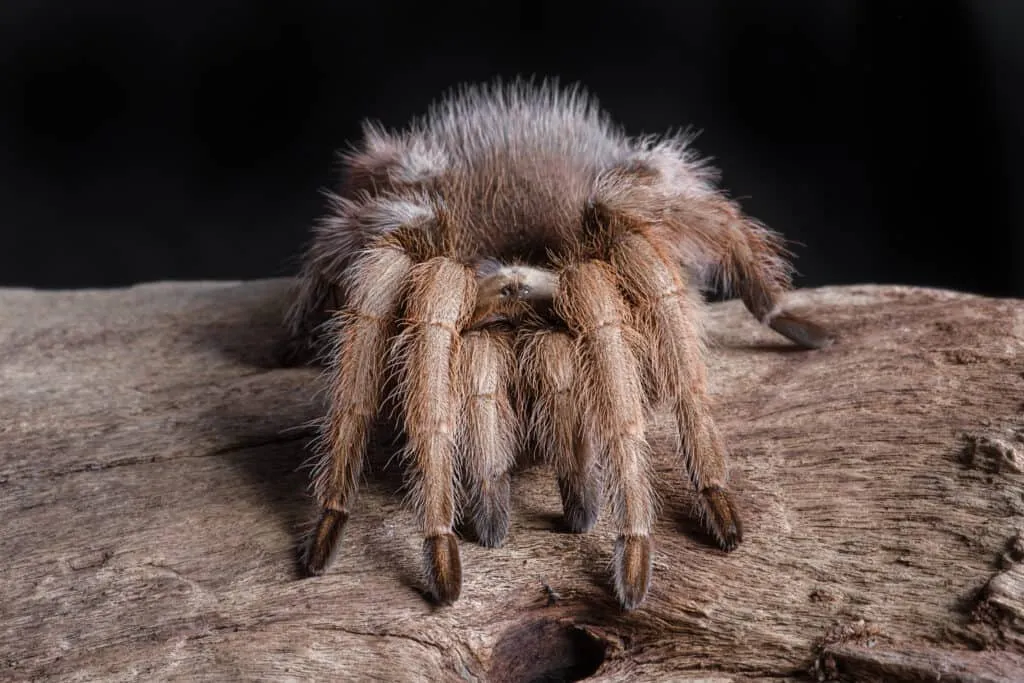
The contrast in lifespans between male and female Arizona Tarantulas is striking. Males, with their short reproductive phase, often live for a year or less after reaching maturity. Females, however, can live for 10 to 25 years, sometimes even longer under optimal conditions. The difference is a direct result of the biological roles each sex plays. Females are designed for long-term survival and reproduction, while males are programmed to mate and ensure the continuation of their genes. This disparity underscores the importance of understanding the natural history and the specific challenges each sex faces. It highlights the influence of both genetic predispositions and environmental conditions on the life span of these fascinating arachnids.
Arizona Tarantula Life Cycle and Growth
The life cycle of an Arizona Tarantula is a series of changes from egg to adult. This journey includes numerous molting stages, which are crucial for their growth. Their lifespan and growth are closely related to the environment they live in. The molting process, feeding habits, and environmental conditions all affect the overall length of their life. Studying the life cycle helps us understand how long Arizona Tarantulas live and the challenges they face during their development. The growth stages are influenced by various external and internal factors.
Molting Process and Lifespan
Molting is a crucial part of an Arizona Tarantula’s growth. As tarantulas grow, they shed their exoskeleton, which doesn’t grow with them. The molting process allows them to grow bigger. The frequency of molting decreases as they mature. Young tarantulas molt several times a year, while adults molt less frequently. Each molt brings them closer to adulthood. Each molt can be a vulnerable time, and the environment’s conditions influence the frequency and success of molting. Understanding the molting process helps in appreciating how long Arizona Tarantulas live and their ability to adapt and grow throughout their lives.
Growth Stages of Arizona Tarantulas
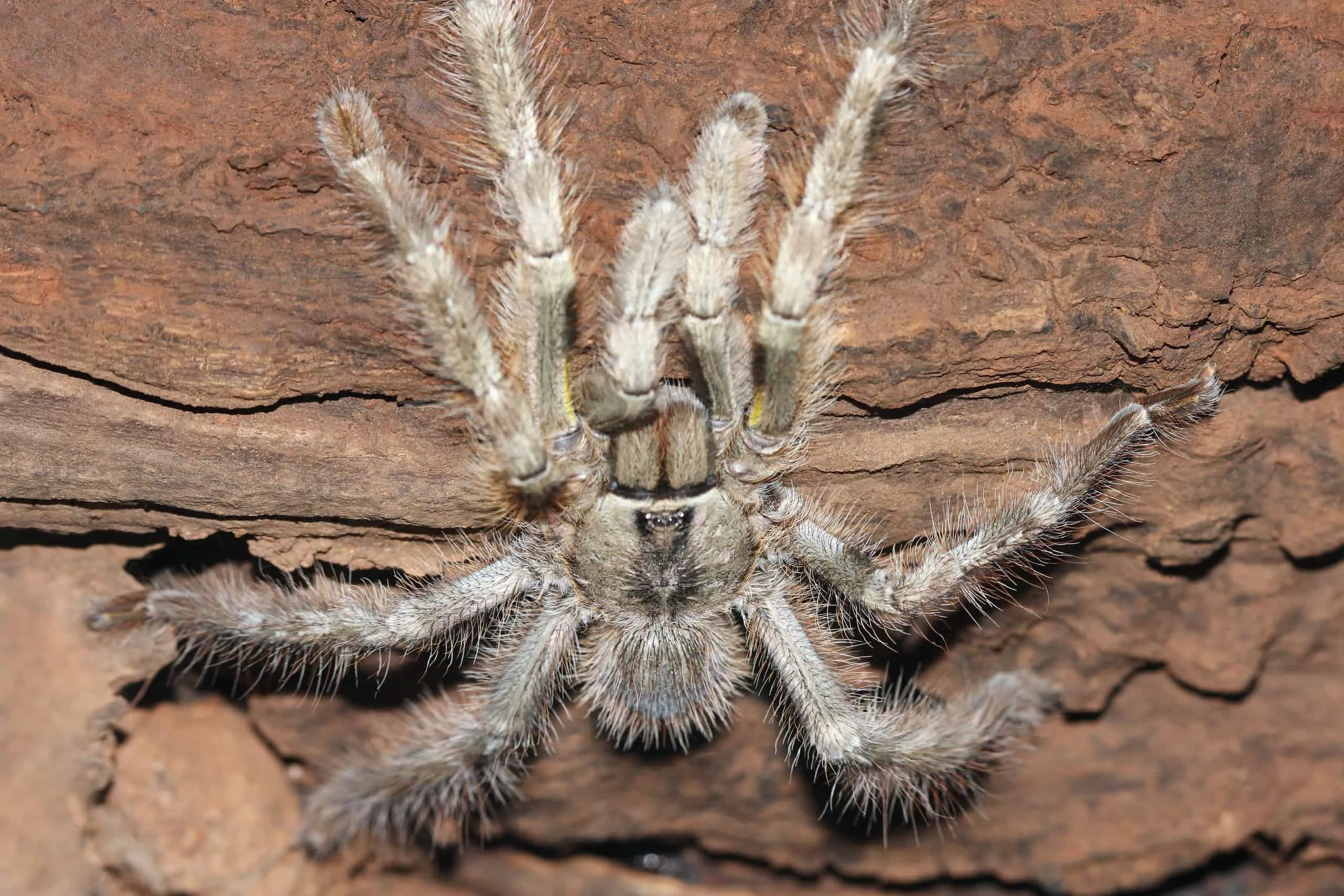
Arizona Tarantulas go through several growth stages, each marked by molting. Spiderlings start small and grow quickly with frequent molting. The growth rate slows as they mature into juveniles, and the molting frequency decreases. The final stage is adulthood, where molting becomes infrequent. Each stage represents changes in their physical size, their color patterns, and the development of their reproductive organs. Proper care, good nutrition, and a suitable environment are essential for successful growth in each stage. The stages highlight the life cycle and demonstrate how external factors influence the lifespan and overall development of the tarantulas.
Environmental Influences on Lifespan
The environment greatly influences how long Arizona Tarantulas live. Factors like food availability, habitat quality, and climate affect the tarantula’s well-being and lifespan. Understanding the impact of the environment helps in caring for them and appreciating their lives. Environmental conditions provide an important influence on their growth, molting, and overall health. The natural world provides a complex relationship between the tarantulas and their environment.
Impact of Diet on Lifespan
A balanced and nutritious diet is essential for tarantula health and longevity. Tarantulas feed on insects, such as crickets and mealworms. A varied diet ensures they receive all the necessary nutrients for growth and survival. Regular feeding provides the energy needed for molting and other activities. Overfeeding can shorten their lives, and a poor diet can cause health problems and decrease their lifespan. The diet is critical to their health and determines how long Arizona Tarantulas live.
Temperature and Humidity Effects
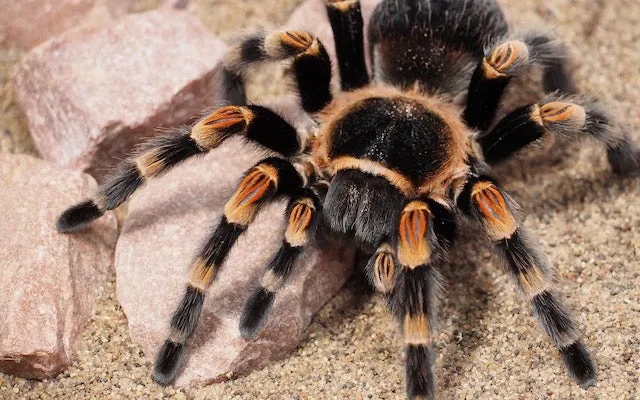
Temperature and humidity levels play a crucial role in the tarantulas’ lifespan. Optimal conditions support their metabolism, molting, and overall health. Extreme temperatures or humidity fluctuations can stress them and affect their health. Maintaining a stable environment is essential for their longevity. Both temperature and humidity influence the molting frequency and the success of their molts. Providing a suitable environment helps ensure these creatures live longer and have a higher quality of life, especially for those in captivity. Careful monitoring of these environmental conditions is key.
Predators and Threats to Lifespan
Arizona Tarantulas face various threats in their natural habitat. Predators, habitat loss, and human activities impact their ability to survive and their lifespan. Understanding these threats helps in conservation efforts. The constant danger of predators and environmental challenges significantly shape how long Arizona Tarantulas live. Efforts to minimize these threats are necessary to support tarantula populations.
Common Predators of Arizona Tarantulas
Several animals prey on Arizona Tarantulas, posing a threat to their survival. Birds, reptiles, and other arachnids can hunt and kill them. The most significant predators include birds like hawks and owls. Reptiles, such as snakes and lizards, also hunt tarantulas. Other tarantulas and larger spiders can also pose a danger. The constant threat of predation influences where the tarantulas live and their overall lifespan. Recognizing and understanding these predators aids in appreciating the challenges these spiders face.
Human Impact and Conservation

Human activities affect the lifespan of Arizona Tarantulas. Habitat destruction due to development and agriculture reduces their living space and increases the risk of encountering predators. Pesticide use can harm them directly or affect their food supply. Conservation efforts, such as habitat preservation and education, can support tarantula populations and extend their lifespans. Responsible pet ownership and avoiding the illegal collection of tarantulas also contribute to conservation. Understanding human impacts and promoting sustainable practices are crucial for ensuring the long-term survival of these fascinating creatures.
How to Care for Arizona Tarantulas
Proper care is essential to ensure Arizona Tarantulas live long and healthy lives in captivity. Creating a suitable habitat, providing a balanced diet, and monitoring their health are key. Understanding their needs and how to address them is the foundation for responsible tarantula ownership. Proper care improves their quality of life and provides an enriching experience for the owner. By focusing on these areas, owners can create an environment that mimics the natural environment and supports the tarantula’s needs.
Creating a Suitable Habitat
A proper habitat is essential for the well-being of Arizona Tarantulas. A terrarium with enough space is needed, with a substrate like coconut fiber to create a natural environment. Providing hiding places, such as cork bark or artificial plants, allows them to feel secure and reduce stress. Maintaining proper temperature and humidity levels is also critical. A well-designed habitat supports their natural behaviors and provides a safe place for them to thrive. Ensure the habitat is escape-proof and is in a location away from direct sunlight or drafts.
Feeding and Watering your Tarantula
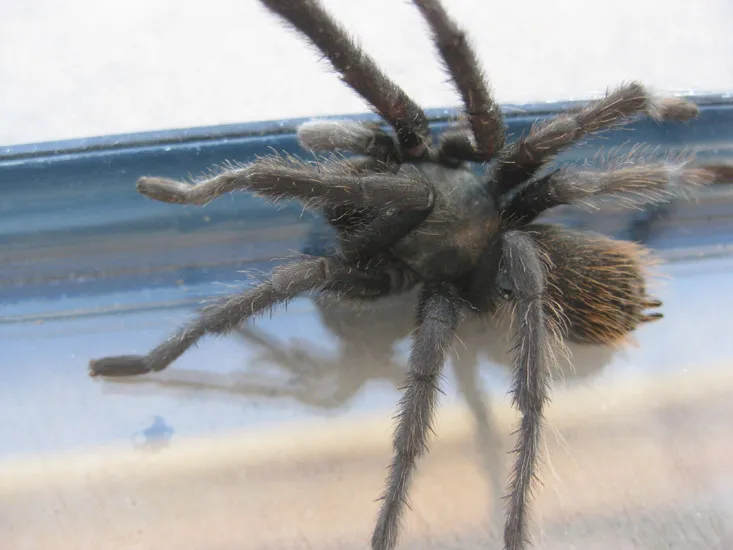
Feeding and watering are crucial to the health of your Arizona Tarantula. Feed them insects that are the correct size for your tarantula’s stage of life. Provide fresh water in a shallow dish, especially when the tarantula is molting. Feeding frequency depends on their age and size. A varied diet ensures they receive all necessary nutrients. Avoiding overfeeding is essential, as this can be harmful. Monitor their feeding habits and adjust the diet as needed. A proper feeding and watering routine ensures that they remain healthy and have a good quality of life.
Tips for Maximizing Lifespan
Several things can help maximize the lifespan of your Arizona Tarantula. Maintain a stable environment with proper temperature and humidity. Provide a balanced diet and avoid overfeeding. Minimize stress by avoiding unnecessary handling and providing hiding places. Regular health checks are also useful in addressing any health problems early on. Educating yourself about their care needs and consulting with experienced keepers or veterinarians can also help. With dedication and care, you can increase the likelihood of your tarantula living a long and healthy life.
Conclusion
Understanding how long Arizona Tarantulas live involves appreciating the differences between males and females, the influence of environmental conditions, and the importance of proper care. Males have shorter lifespans due to their role in reproduction, while females can live for many years. The environment, including diet, temperature, and humidity, affects their health and longevity. Responsible pet ownership and conservation efforts are key to protecting these fascinating arachnids. By learning about their life cycle, providing appropriate care, and contributing to conservation, you can gain a greater understanding of these amazing creatures and ensure their continued survival. The lifespan of an Arizona Tarantula is a testament to their resilience and a reminder of the delicate balance within their ecosystem.
